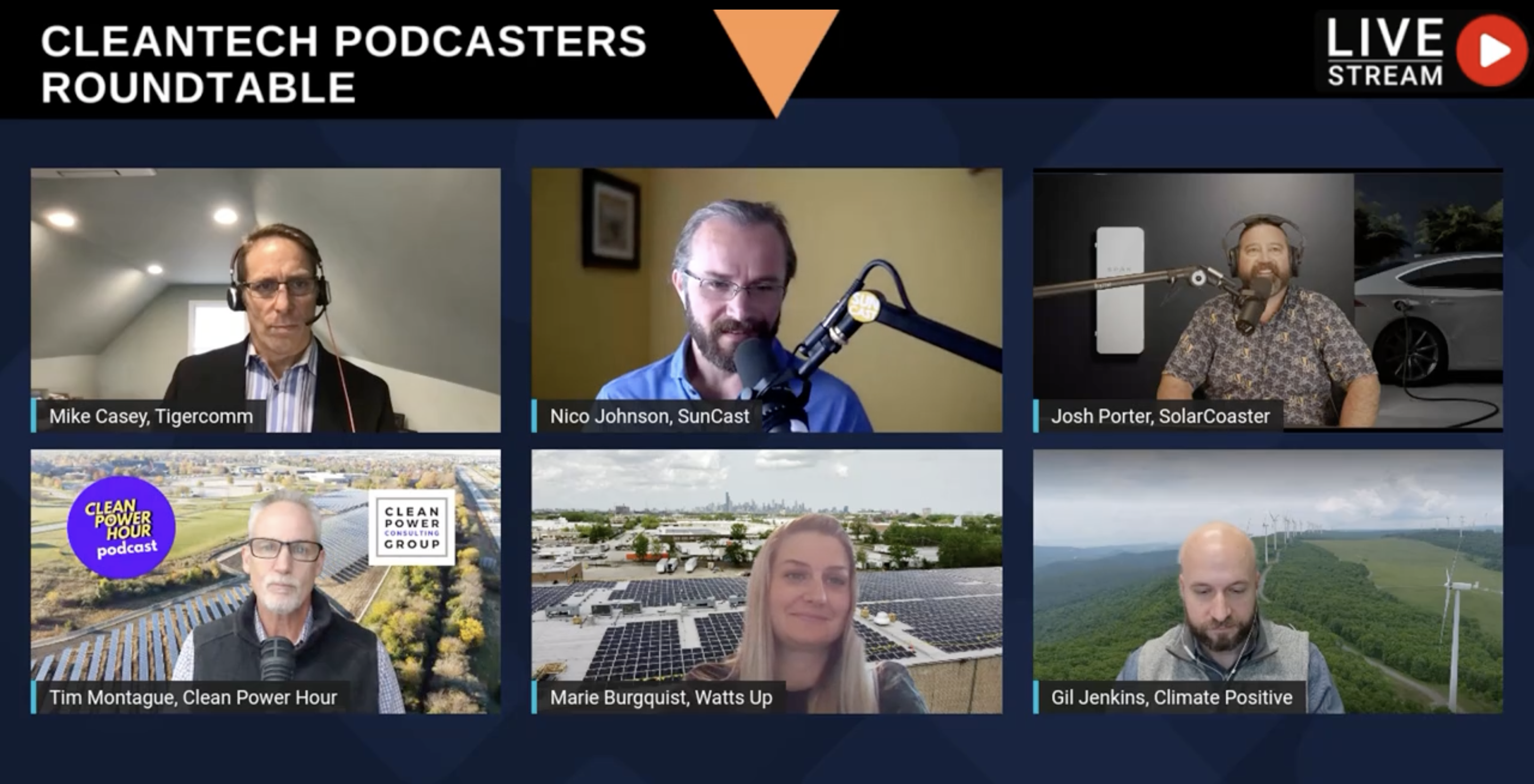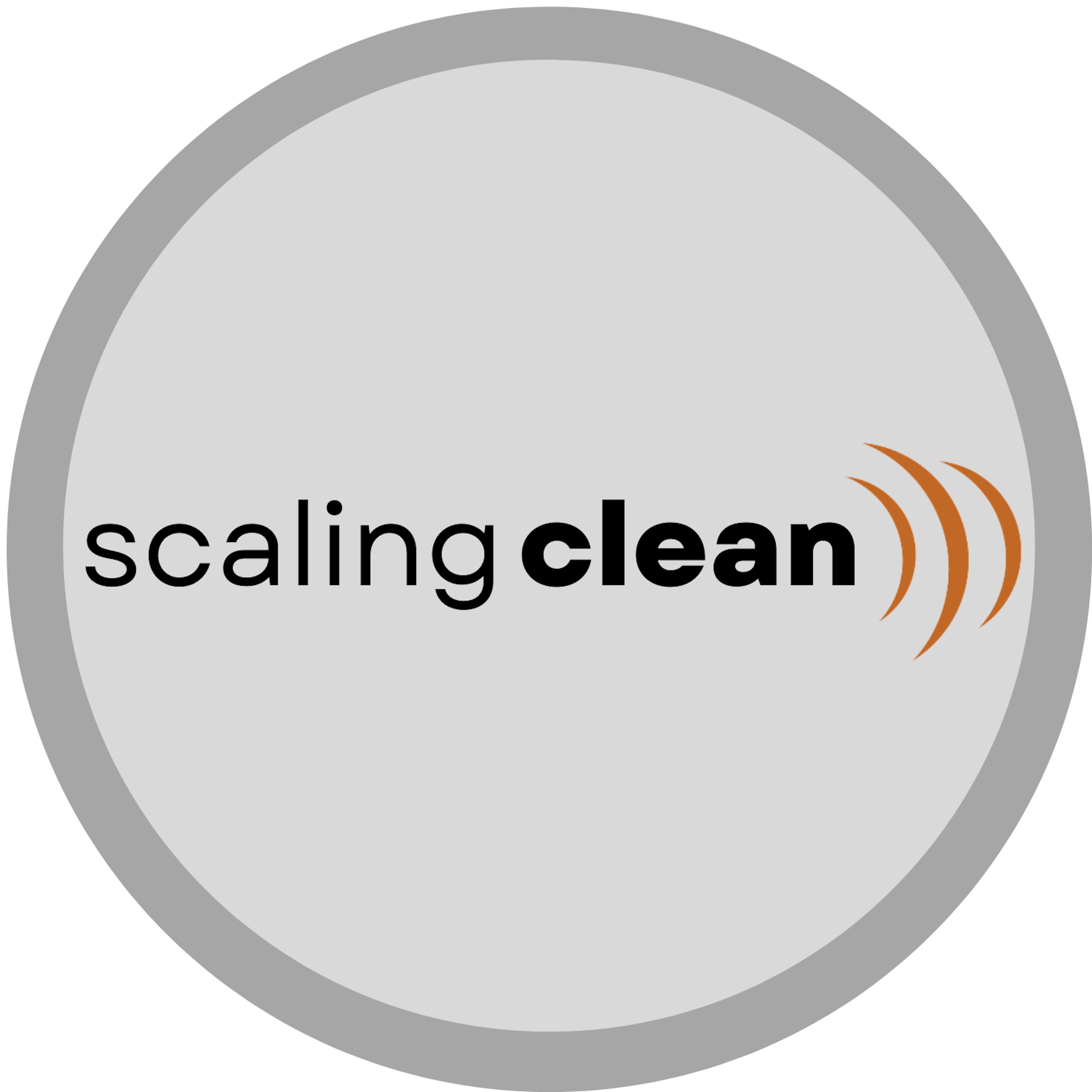Insights
Clean Energy Blog by Tigercomm
Expert Insights & Tips
Episode 4 of our quarterly podcast roundtable is on the books — Nico Johnson and I had a great conversation with Marie Burgquist, Gil Jenkins, Tim Montague and
Continue ReadingHello cleantechers!
I'm announcing today that Tigercomm’s launching: “Scaling Clean, the podcast for clean economy CEOs, investors & the people who advise...
Continue ReadingThis article was updated in March 2022 to reflect industry changes.
Why Should Cleantech Companies Invest In Social Media?
Spoiler alert: We’ve found that...
Continue ReadingNote: This article was refreshed in March 2022 to reflect the current state of the cleantech industry.
What do your customers buy, really? Is it your product?...
Continue Reading

